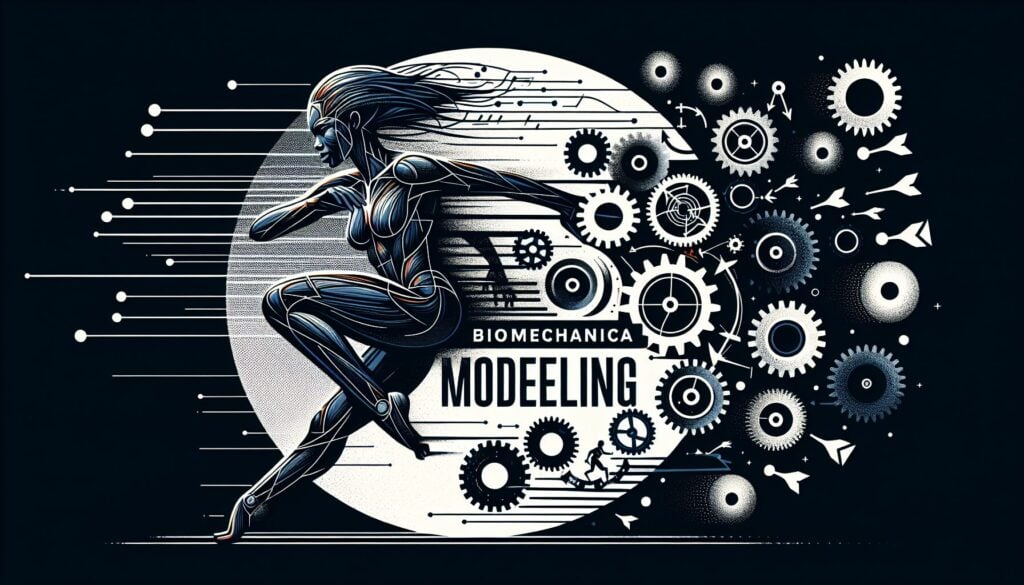El uso de principios mecánicos (física, ingeniería) para analizar las fuerzas y tensiones que actúan sobre y dentro del cuerpo humano durante las actividades físicas.
- Metodologías: Economía, Lean Sigma, Fabricación, Resolución de problemas, Calidad
Modelización biomecánica

Modelización biomecánica
- Diseño para la sostenibilidad, Ergonomía, Human Factors, Ingeniería Mecánica, Gestión de riesgos, Simulación, Corrosión bajo tensión
Objetivo:
Cómo se utiliza:
- Se utilizan modelos informáticos o ecuaciones matemáticas para simular el movimiento humano y calcular las fuerzas internas (por ejemplo, en las articulaciones, la columna vertebral) durante tareas como levantar, empujar o transportar.
Ventajas
- Permite estimar cuantitativamente las cargas biomecánicas internas que no pueden medirse directamente; ayuda a comprender los mecanismos de lesión y a evaluar la eficacia de las intervenciones ergonómicas; puede analizar movimientos complejos.
Contras
- Los modelos son simplificaciones del complejo cuerpo humano y requieren suposiciones; la precisión depende de la calidad de los datos de entrada y de la validez del modelo; pueden ser complejos y requerir programas informáticos especializados y conocimientos técnicos.
Categorías:
- Ingeniería, Ergonomía
Ideal para:
- Analizar las fuerzas mecánicas y las tensiones en el cuerpo humano durante las tareas laborales para evaluar el riesgo de lesiones y optimizar el diseño.
Biomechanical modeling encompasses a range of applications across various sectors, including healthcare, sports science, and industrial ergonomics, where understanding human movement and forces is paramount. In healthcare, this methodology assists in designing rehabilitation programs by simulating patient movements to tailor interventions appropriately, thereby enhancing recovery outcomes. In sports science, teams leverage biomechanical models to optimize athletic performance, allowing coaches to analyze athletes’ techniques for improved efficiency and reduced injury risk during training and competition. Industrial ergonomics employs this approach during the product design phase, particularly in the development of tools, furniture, or workflows that mitigate physical stress on workers. Participants in these projects typically include biomechanical engineers, ergonomists, health and safety professionals, and product designers, working collaboratively to ensure designs meet ergonomic standards while addressing user needs. This modeling can also be particularly beneficial during early concept evaluations, allowing for rapid iterations and refinements based on simulated feedback, and is often used alongside experimental methods to validate findings through real-world testing.
Pasos clave de esta metodología
- Define the biomechanical problem and task scenario, including motion parameters and loading conditions.
- Develop a detailed geometric model of the human anatomical structures involved, such as bones, muscles, and joints.
- Specify material properties for the anatomical components based on literature values or experimental data.
- Select an appropriate biomechanical modeling software or mathematical framework for simulation.
- Create or input the kinematic data and boundary conditions relevant to the task being analyzed.
- Set up the dynamic or quasi-static analysis, determining the necessary parameters for simulation.
- Run the simulation to compute internal forces, moments, and stresses in the anatomical structures.
- Validate the model by comparing simulation results with available empirical data or observed outcomes.
- Interpret results to identify potential injury risks and evaluate the impact of different task designs or ergonomics.
- Iterate on the design or task parameters based on findings to optimize for safety and efficiency.
Consejos profesionales
- Utilize advanced elemento finito analysis (FEA) to model soft tissue interactions and provide a more comprehensive understanding of force distributions in various tissues during dynamic movements.
- Incorporate real-time motion capture data to refine your computational models for accuracy, allowing for better validation and predictive capabilities regarding individual variability in movement patterns.
- Implement sensitivity analysis within your models to identify which parameters most significantly influence biomechanical outcomes, guiding the focus of ergonomic interventions and design modifications.
Leer y comparar varias metodologías, recomendamos el
> Amplio repositorio de metodologías <
junto con otras más de 400 metodologías.
Sus comentarios sobre esta metodología o información adicional son bienvenidos en la dirección sección de comentarios ↓ , así como cualquier idea o enlace relacionado con la ingeniería.
Contexto histórico
1687
1750
1788
1800
1800
1800
1810
1687
1738
1757
1788
1800
1800
1800
1820
(si se desconoce la fecha o no es relevante, por ejemplo "mecánica de fluidos", se ofrece una estimación redondeada de su notable aparición)















Publicaciones relacionadas
Gestión de operaciones de fabricación (MOM)
Sistema de Ejecución de Fabricación (MES)
Plan de control de la fabricación
Pruebas manuales
Tablas de evaluación de la manipulación manual (MAC)
ManTRA (Herramienta de evaluación de riesgos en las tareas manuales)